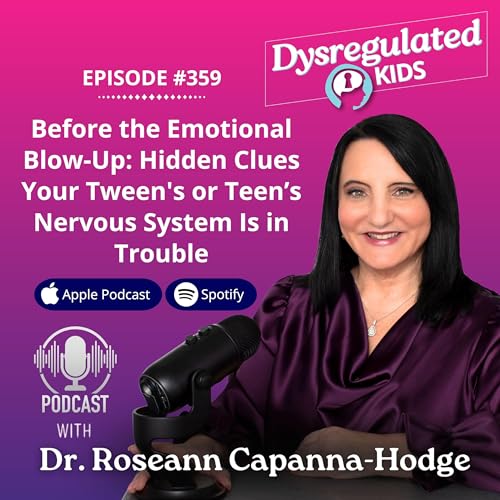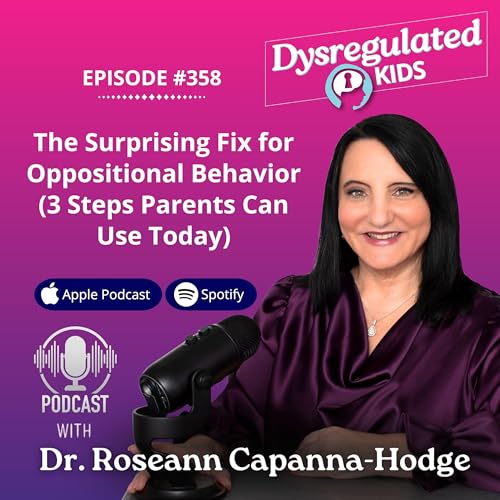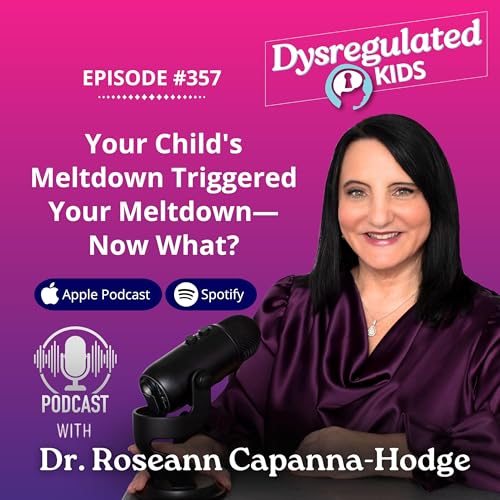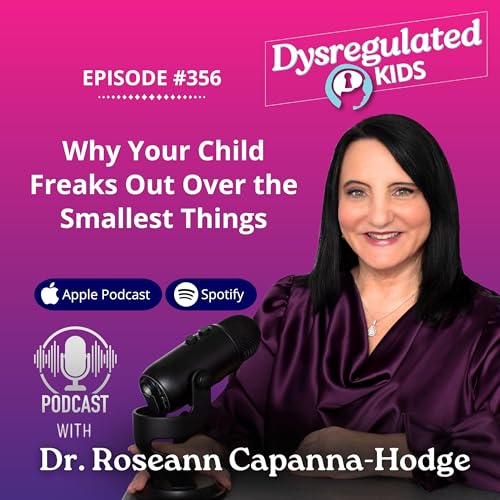If you’ve ever wished you could peek inside your child’s brain during a meltdown or when they completely shut down, today’s episode is for you. We’re diving into QEEG brain maps—one of the most powerful, yet most underused tools for understanding what’s really driving big emotions, focus issues, and chronic dysregulation.
For three decades, I’ve watched families bounce from diagnosis to diagnosis… ADHD, anxiety, “behavioral issues.” And while those labels can be helpful, they’re often surface-level.
A QEEG lets us look under the hood so we can finally stop guessing. Because when we calm the brain first, everything else follows.
Why So Many Kids Get the Wrong Diagnosis
Parents are often told their child has ADHD simply because they’re unfocused or overwhelmed. But ADHD criteria are broad—so broad that almost any dysregulated kid can fit the checklist. That’s why so many families show up after trying meds, OT, tutoring, and therapy with little or no progress.
A QEEG changes that.
This quantitative brain map shows where the brain is overactive, underactive, or disconnected, and those patterns tell us far more than a checklist ever could. I’ve done over 10,000 brain maps, and they consistently reveal what teachers, therapists, and even doctors miss.
A Real Story: When ADHD Wasn’t ADHD
One mom, Sarah, came to me after years of trying to help her son Jack. He had an ADHD diagnosis, but nothing worked—not medication, not OT, not therapy.
His brain map showed focus issues, yes… but more importantly, it pointed to learning and executive functioning patterns that suggested dyslexia. After a deeper history and a follow-up evaluation at school, dyslexia was confirmed.
Suddenly everything made sense. Jack didn’t need a stronger stimulant—he needed a reading intervention. Once we supported his brain through neurofeedback and the right academic supports, the whole picture changed.
This kind of story is far too common.
Want to stay calm when your child pushes every button?
Become a Dysregulation Insider VIP and get the FREE Regulation Rescue Kit—your step-by-step guide to stop oppositional behaviors without yelling or giving in.
Go to www.drroseann.com/newsletter and grab your kit today.
QEEG vs EEG: What’s the Difference?
An EEG is a medical tool used to detect seizures. A QEEG—or quantitative EEG—measures the brain’s electrical activity and compares it to normative data.
It’s:
- Painless
- Noninvasive
- Done with a soft cap and sensors
- Designed to map overactivity, underactivity, and connectivity
Think of it like getting a satellite image of your child’s brain weather patterns—where storms are brewing, where things have gone quiet, and where communication lines are overloaded.
What Dysregulation Looks Like on a Brain Map
A dysregulated brain can’t shift smoothly between states—calm, alert, focused. On a QEEG, that shows up as:
- Underactivity → brain fog, low motivation, slow processing
- Overactivity → big emotions, anxiety, OCD-like reactions
- Chaotic connectivity → trouble transitioning, rigid thinking,...
 12 mins
12 mins 28 mins
28 mins 33 mins
33 mins 51 mins
51 mins 12 mins
12 mins 13 mins
13 mins 11 mins
11 mins 13 mins
13 mins

